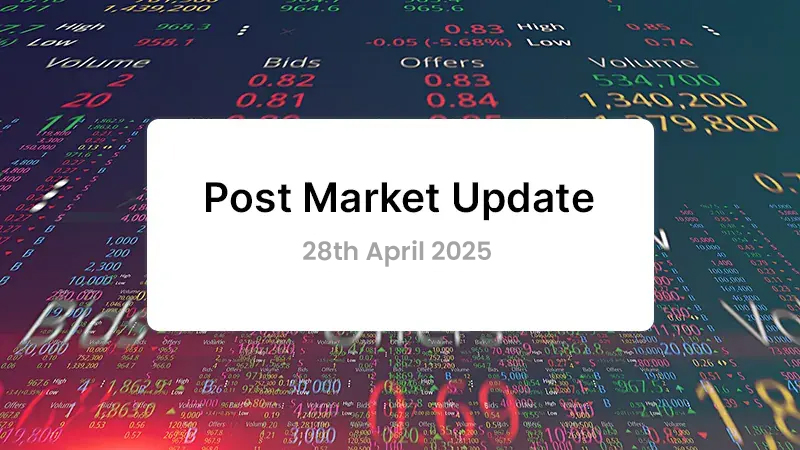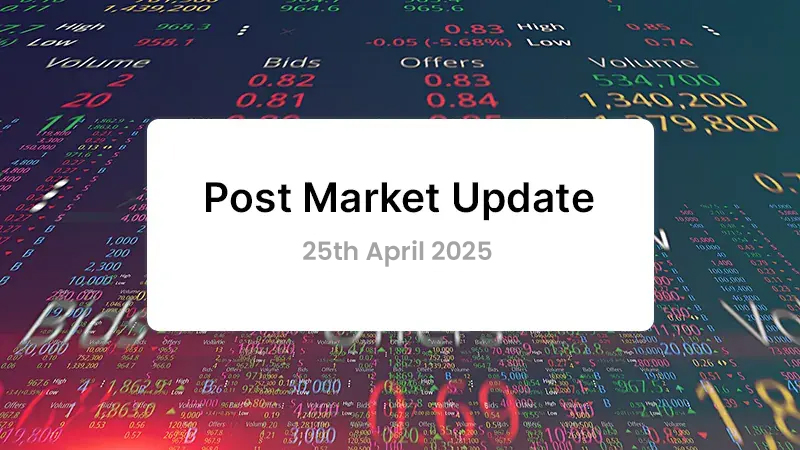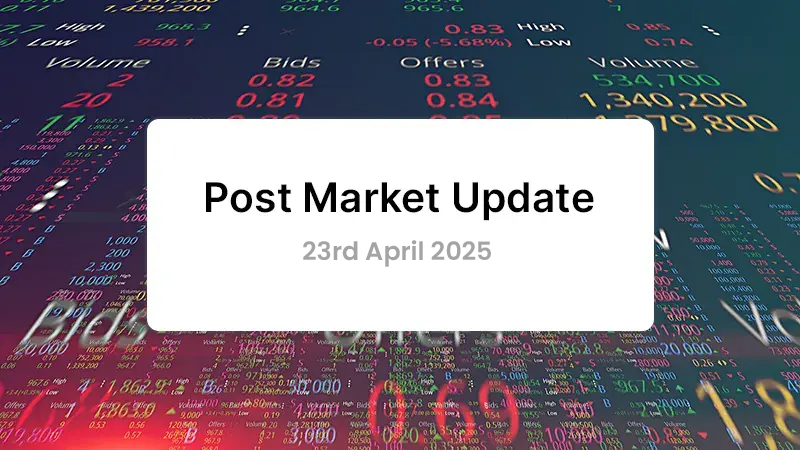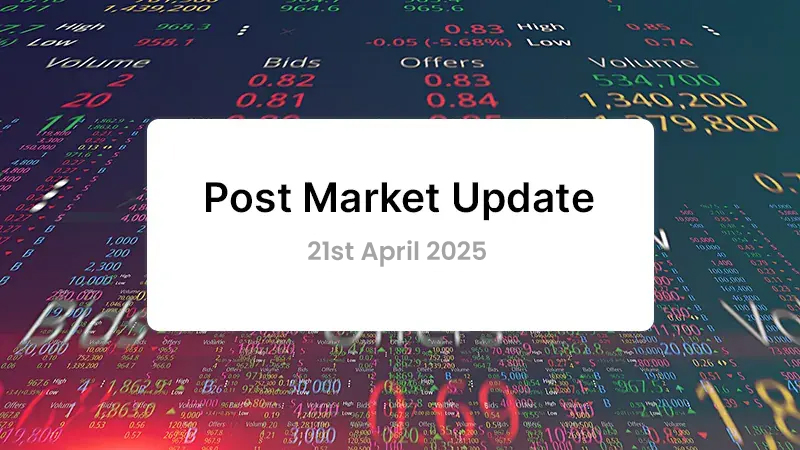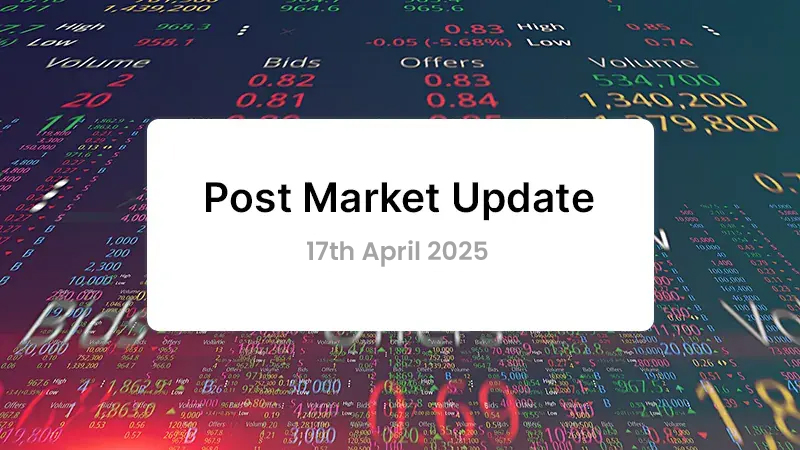
In a dramatic policy shift under the banner of “Making America Great Again,” President Trump has launched a new wave of trade tariffs, further intensifying his administration’s protectionist stance. This time, the US has rolled out so-called “reciprocal tariffs,” which involve imposing duties equivalent to half of what other nations levy on American goods. While framed as a corrective measure to level the playing field for US manufacturers, this move has sparked concern about its far-reaching economic consequences—both domestically and globally.
The Policy and Its Rationale
The latest tariff policy was unveiled on the day declared as US “Liberation Day,” signaling a hard reset in America’s trade strategy. By taxing imports based on what other nations charge the US, the administration hopes to incentivize manufacturing within American borders. Critical sectors such as pharmaceuticals and rare earth minerals have been temporarily spared, reflecting a selective and strategic application of the policy.
While intended to reignite domestic manufacturing, the effectiveness of this approach remains questionable. Relocating supply chains or setting up production hubs is a long-term, capital-intensive process—unlikely to be swayed by short- to medium-term trade barriers. Moreover, disrupting established global value chains risks inflation, supply shortages, and market volatility.
Global Fallout: Broad Yet Uneven
The impact of reciprocal tariffs is expected to be felt across the globe, with over 180 countries subject to new duties ranging from 10% to 49%. For instance, the US has imposed a 26% tariff on Indian imports—roughly half of the 52% India reportedly levies on American goods. In contrast, China faces a significantly harsher scenario with total tariffs now totaling 54% after a new 34% levy on top of existing duties.
Global economic consequences could be severe. The IMF and several leading financial institutions estimate that these tariffs might shave off as much as $1.4 trillion from global GDP. Inflationary pressures are likely to build as businesses pass higher import costs onto consumers. There are also growing fears of retaliatory trade policies, further escalating tensions and potentially triggering a global slowdown.
India’s Cushion Against the Blow
Amid the global scramble to assess the fallout, India appears relatively insulated—for now. With exports comprising just about 12% of its GDP and shipments to the US making up a modest 2%, the direct economic hit is limited. Analysts suggest that for every 1% increase in US tariffs, Indian exports might decline by 0.5%. However, the universal nature of these tariffs could neutralize the impact, as every country is disadvantaged, leveling the playing field in an ironic twist.
In certain sectors, India might even emerge stronger. In textiles, for example, Indian manufacturers now enjoy a comparative advantage as Chinese and Vietnamese competitors face steeper tariffs of 54% and 46%, respectively. This cost differential could help Indian exporters gain share in the US market. Additionally, the pharma industry is breathing a sigh of relief due to its exemption from the tariffs, and the rising demand for gold as a safe haven asset may also benefit Indian gold financiers.
Sectoral Risks Remain
Despite some bright spots, vulnerabilities persist. The Indian IT sector, which earns nearly half its revenue from the US, is at significant risk—not from tariffs directly, but from secondary effects. If the US economy slows and tech budgets shrink, Indian IT companies will likely feel the pinch. Indeed, the sector has already seen stock corrections since the tariff announcement.
The metals industry may also face headwinds, as global oversupply leads affected countries to dump excess commodities into less-restrictive markets like India. The domestic auto industry is another potential casualty, especially if India concedes to US demands for lower import duties on American vehicles as part of trade negotiations. Initial market reactions indicate investor concerns, with autos and metals seeing modest but noticeable declines.
Diplomatic Leeway and Trade Talks
While India has been labelled the “tariff king” by Trump in various speeches, the country’s actual contribution to the US trade deficit is minor—around 4% of a $1.2 trillion imbalance. Furthermore, India’s trade surplus with the US, though growing, is part of a broader expansion in global trade, not a targeted strategy.
Encouragingly, the US and India have initiated talks to double bilateral trade to $500 billion by 2030, with discussions spanning defence, semiconductors, food and agriculture, and more. A bilateral trade agreement, expected to conclude by fall 2025, may provide a structured framework to mitigate the impact of these tariffs. Reducing non-tariff barriers, aligning standards, and easing taxes could all form part of the negotiated outcome.
Looking Ahead: Uncertainty with a Side of Opportunity
As the global economy braces for a slowdown, India’s relatively resilient domestic market offers a buffer. Yet, the medium-term risks tied to a broader contraction in global demand and capital flows remain. Analysts stress that retaliatory tariffs, if adopted by other nations, could further dampen trade momentum.
Ultimately, India’s challenge lies in navigating this volatile trade environment while capitalizing on sector-specific advantages. Policy agility, timely diplomatic engagement, and strategic positioning will determine how successfully India can shield itself from the storm—and perhaps even ride its winds to new opportunities.
Market this week
| 01st Apr 2025 (Open) | 04th Apr 2025 (Close) | %Change | |
| Nifty 50 | ₹ 23,341 | ₹ 22,904 | -1.9% |
| Sensex | ₹ 76,883 | ₹ 75,365 | -2.0% |
Source: BSE and NSE
- Indian equity markets ended a two-week winning streak amid heightened fears of a global trade war and concerns over economic slowdown triggered by US President Donald Trump’s reciprocal tariff announcement.
- The broader market witnessed a global sell-off, leading to sharp corrections across key sectors.
- Nifty IT index recorded its steepest weekly decline since the COVID-19 pandemic, falling 9%, driven by global growth concerns.
- Nifty Metal index dropped 7.5%, while Nifty Oil & Gas shed 4% over the week.
- Nifty Realty and Nifty Auto indices also closed lower, slipping 3% each.
- Foreign Institutional Investors (FIIs) turned net sellers, offloading equities worth ₹13,730.49 crore during the week.
- Meanwhile, Domestic Institutional Investors (DIIs) provided some support by buying equities worth ₹5,632.56 crore.
Weekly Leaderboard
| NSE Top Gainers | NSE Top Losers | ||||
| Stock | Change (%) | Stock | Change (%) | ||
| Tata consumer Products | ▲ | 8.6% | Hindalco Inds | ▼ | -12.1% |
| IndusInd Bank | ▲ | 5.0% | HCL Tech | ▼ | -10.7% |
| Trent Ltd | ▲ | 4.5% | TATA Motors | ▼ | -9.0% |
| Zomato | ▲ | 4.4% | Tata Steel | ▼ | -9.0% |
| Apollo Hospitals | ▲ | 1.5% | TATA Consultancy | ▼ | -8.5% |
Source: BSE
Stocks that made the news this week:
On April 4, Housing and Urban Development Corporation (HUDCO) approved an increase in its FY26 borrowing plan by ₹65,000 crore and raised its overall borrowing limit from ₹1.5 lakh crore to ₹2.5 lakh crore, subject to shareholder approval. Despite this strategic move to boost funding, HUDCO shares fell nearly 4% amid broader market weakness driven by global trade tensions. The company also recently announced plans to raise ₹2,000 crore through non-convertible debentures at a coupon rate of 7.19%.
Bajaj Finance shares surged over 2% on April 4 after posting a robust 26% YoY rise in AUM to ₹4.17 lakh crore in Q4FY25. Loan disbursements rose 36% to 1.07 crore, while customer franchise grew 22% YoY to 10.18 crore, and deposits increased 19% to ₹71,400 crore. The stock’s rally ended a four-day losing streak. However, CNBC Awaaz reported that the RBI issued a ‘letter of displeasure’ to the NBFC over compliance lapses in its co-branded credit cards business.
HDFC Bank emerged as a rare gainer in a declining market on April 4, rising 3% after announcing a 5.4% YoY growth in total advances to ₹26.4 lakh crore in Q4FY25. The bank also posted a 15.8% increase in deposits to ₹25.3 lakh crore, with CASA deposits up 5.7% to ₹8.3 lakh crore. While retail and rural loans saw healthy growth, corporate lending dipped 3.6% YoY, highlighting a mixed but largely positive performance.

